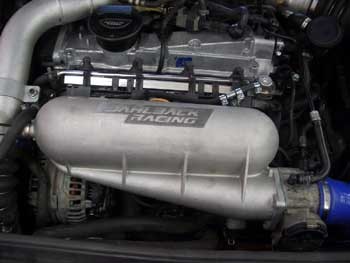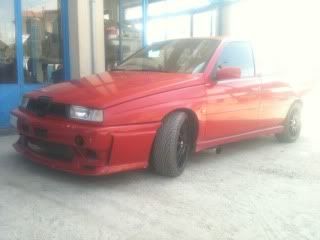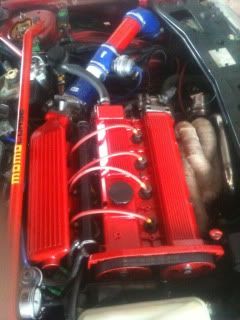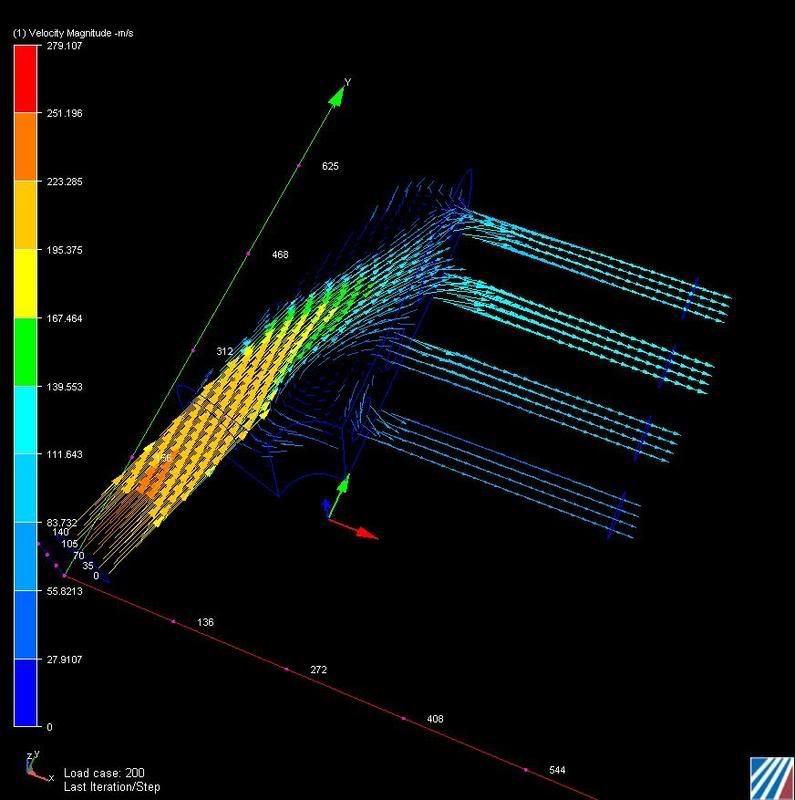I was reading up about tapered twin plenums yesterday, quite an interesting idea, but I was wandering just how much of an advantage they were compared to a 'normal' well designed single plenum.
This is what I'm talking about:
The join between the tapered plenum and main plenum acts as a long thin entry to the main plenum, meaning that the distribution of air into the plenum is much more balanced.






 Reply With Quote
Reply With Quote










 good to think outside the box.
good to think outside the box.






Bookmarks